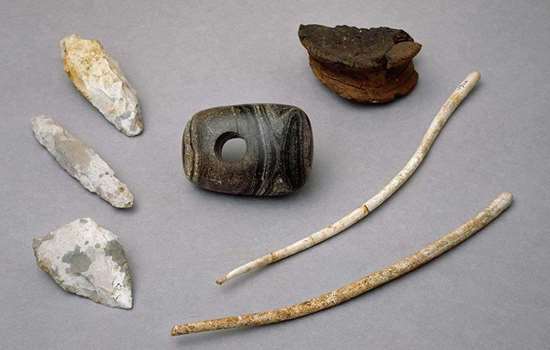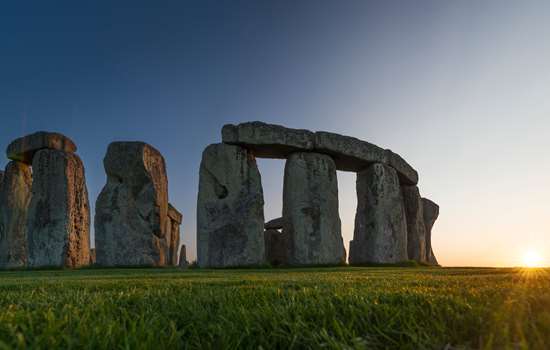What is a Henge?
It features at some of the most iconic neolithic sites, but what does a henge actually represent?
Secrets of our Sites
Stonehenge in Wiltshire is a wonder of the ancient world and perhaps the most iconic prehistoric monument on Earth. But to fully understand what this unique place meant to the people who built it, we have to look to the wider landscape... revealing some surprising connections.
Join anthropologist and author Mary-Ann Ochota as she uncovers some of the hidden secrets of this world-famous English landmark.
Watch on YouTubeMORE TO EXPLORE
-

Join today
Become a member and enjoy a whole year of unlimited days out at over 400 historic places for free - plus kids go free with all memberships. You also get free parking and free/discounted entry to events.
-

Stonehenge collection
Hundreds of prehistoric objects from the Stonehenge World Heritage Site are on display at the visitor centre. Here we have selected just ten of them for you to explore in more detail.
-

Stonehenge history
Stonehenge has inspired people to study and interpret it for centuries, yet many questions remain to be answered – about who built it, when, and why. Find out about its history and mysteries here.